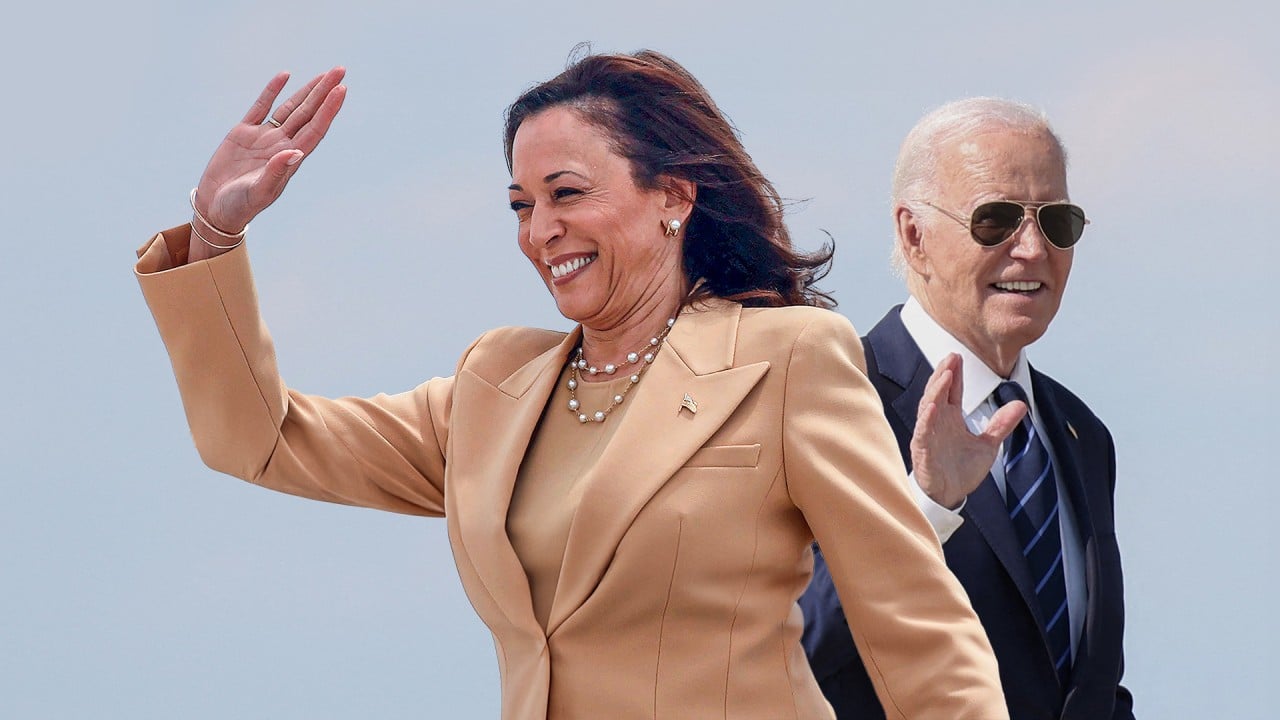But, most importantly, the Obama team is the only group in American history to successfully land a candidate of colour in the White House – and then do it again in a trying economic environment. For the first black woman and Asian to lead a major-party presidential ticket, reconstituting the former president’s electoral coalition will be critical in the race against Republican Donald Trump.
The campaign has added prominent Obama alumni, most notably, David Plouffe, who ran his 2008 operation, for senior roles. Others joining him include Stephanie Cutter, a former White House advisor and deputy campaign manager for the re-election run; Jennifer Palmieri, an ex-White House communications director; and Mitch Stewart, battleground states director in 2012.
Jim Messina, who ran Obama’s 2012 re-election, cast the addition of veteran hands as a practicality.
“It’s about bringing together the best in the party for the fastest campaign you’ve ever seen,” Messina said. “You really need people who have done this before. You can’t really learn on the job.”

Clashing teams
The true test will be whether the Obama alums can work in concert with the existing political operation in Delaware.
The seasoned aides bring experience but also threaten to introduce an awkward dynamic at Harris headquarters. The Obama and Biden camps have a history of tension, as the former president’s advisors regularly weighed in from the sidelines to critique the incumbent’s operation.
Many Biden campaign staffers also hold a grudge over perceptions Obama discouraged his vice-president’s political ambitions. For many who moved to Delaware months ago, the last-minute layering represents a professional setback.
While Obama manoeuvred behind the scenes to convince Biden to bow out of the race, those tensions spilled into view when some of his loyalists, such as David Axelrod said publicly the president could not defeat Trump.
Economic pitch
Harris has also brought on Gene Sperling, who was Obama’s National Economic Council director, and Brian Deese, who led the Office of Management and Budget for Obama and served most recently as Biden’s NEC director. Their expertise will be critical to one of Harris’ biggest challenges – convincing voters disgruntled by the administration’s handling of the post-pandemic economy that she will be a better steward than Trump.
Polls show voters prefer Trump on the issue, citing high prices as a top concern. Democrats are on the defensive even as signs show inflation is broadly trending downward. With cooling inflation and a softening job market, the Fed is widely expected to start lowering rates next month.
Obama faced similar obstacles. Measures in his first term to help struggling homeowners sparked conservative criticism and in part fuelled the Tea Party movement. And in his re-election bid, he faced headwinds on the economy. A poll shortly before Election Day in 2012 showed voters favouring Republican nominee Mitt Romney on the issue as the US recovered from the Great Recession.
Obama managed to neutralise the issue in part by seeking to convince voters he better understood their hardships and by trying to turn Romney’s work at private equity firm Bain Capital into a liability. He cast his opponent’s business past as focused on maximising profits, not creating jobs, and with an agenda catering to corporations and high-earners.
Harris has adopted a similar tack, framing the election as a choice between two economic visions. On Friday, she laid out the pillars of her economic policy, unveiling measures to combat high costs, including down payments to help first-time homebuyers and programmes to curb rent increases and lower grocery prices.
She also castigated businesses, saying some were price gouging consumers to maintain profits and assailed Trump, who has promised to hit countries with tariffs, saying his levies would impose a “national sales tax” that would “devastate Americans.”

Obama Coalition
Harris’ electoral prospects hinge largely on rebuilding the multi-ethnic, multi-generational coalition that elected Obama twice, turning out black voters and drawing support from suburban White and independent voters.
Harris is seeing enthusiasm among lower-propensity voters who don’t like Trump but weren’t enthused about Biden, said Obama campaign pollster Cornell Belcher.
“Voters who didn’t like their choices are moving back towards Harris,” he said. “You have an energy, a mobilisation of younger voters, of African-American voters, the likes of which I have not seen since ‘08.”
Messina said Harris’ biggest immediate impact is restoring the potential of seeing Obama-level turnout, but cautioned her path would not be identical.
“She has different voters that are more available to her,” he said. “She has a massive number of women voters. And that’s a much different journey than we went on.”
Harris has organising tools Obama didn’t, such as TikTok and Zoom, and their advent has made efforts like “Cat Ladies for Kamala” possible, he said.
Sixteen years after Obama broke the colour barrier in the nation’s highest office, Harris needs to build on his work to forge her own coalition, Messina said.
“One thing I’ve said personally to Kamala is, ‘Don’t do what Hillary did. Hillary tried to run Obama 3.0,” Messina said of Hillary Clinton’s campaign. “You need to run Kamala 1.0.’ And I think she’s doing that.”


